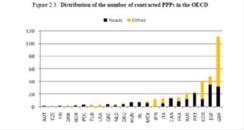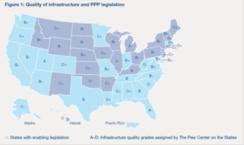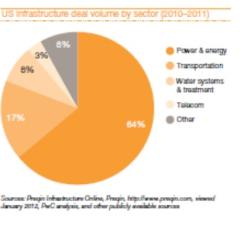Emerging-markets (EM) central banks shifted course in the second half of 2011 in response to the drop in global growth. Policymakers suspended the tightening cycle that had begun in early 2010 and instead began easing selectively. The prospect of easier monetary stances represented one factor behind our view that EM equities would likely perform well, in relative terms, during 2012. Now, though, the EM monetary policy easing minicycle appears mostly to have run its course and in aggregate terms EM central banks have delivered only modest rate cuts. Policymakers will do more if the euro area crisis deepens again and damages the growth outlook elsewhere. Otherwise, though, easing from here will likely be limited to China, Brazil and India, with other EM central banks on hold and, in many cases, maintaining biases to tighten.
From its peak at 6.82 percent in July 2011, the overall EM policy interest rate (based on a group of 19 countries) has dropped 50bp to 6.32 percent — exactly one percentage point above its Great Recession trough (Chart 1). Central banks in developed markets have cut about 10bp during that same period, thanks to the ECB’s reversal of its earlier hikes. The rate differential between emerging and developed markets thus has narrowed a touch but remains wider than in the immediate prerecession period.
Policy interest rates (% per annum, GDP-weighted)
Source: JPMSI, JPMAM; data and forecasts as of May 2012 |
While 50bp is not nothing, the EM monetary easing cycle thus far represents only a modest support for growth. Moreover, most of the rate cuts have occurred in a small handful of countries, with Brazil leading the way. Rates in EM countries other than the BRICs have dropped a trivial 13bp since July 2011 (Chart 2). This split seems likely to continue. Brazil’s central bank appears determined to cut further, probably by another 75bp or so, and ongoing growth disappointment in India will likely spur at least a bit of additional easing despite persistently high inflation. Rates in the ex-BRICs group, by contrast, are forecast to move sideways in the aggregate. Indeed, the Polish central bank recently raised rates, and hawkish sounds have emanated from a few of its peers, such as Indonesia and Thailand. Barring a global growth accident, the second half of 2012 will likely bring a mixture of moves from the non-BRIC EM central banks, with a few tightening and a small number (basically the Central Europeans) easing.
EM policy interest rates (% per annum, GDP-weighted)
Source: JPMSI, JPMAM; data and forecasts as of May 2012 |
Does this apparent turn away from dovishness represent a threat to EM growth? Not really, for a few reasons. First, the most important EM central bank, that of China, has been easing through non-interest-rate channels and will likely continue to do so. China has not adjusted its official interest rates (which apply to deposits and loans rather than to the interbank market) but has cut reserve requirements and guided lending higher. These efforts will likely shift into higher gear in the wake of the disappointing April economic activity data but will not appear in the charts shown here, which capture only rate moves. Second, EM central banks have mostly allowed — and in some cases, like Brazil, encouraged — currency depreciation during the recent slump in global markets. China’s currency has weakened slightly, and other EM FX rates have dropped by a little more than 5 percent since late March, loosening overall EM monetary conditions. Third, with inflation mostly looking tame, an aggressive monetary tightening cycle in the near term seems unlikely — unless global growth conditions improve dramatically (Chart 3).
EM consumer prices (%)
Source: JPMSI, JPMAM; data as of March 2012 |
Coming into this year, EM central banks looked likely to serve as a significant tailwind for EM growth and equities. Instead, they have eased only modestly thus far, a disappointment that has contributed to EM equities’ ongoing underperformance. From here, EM business cycle prospects depend primarily on, first, reacceleration in China, a turn thus far delayed by the timid easing process there; and secondly, containment of the euro area crisis at a level that does not threaten the health of EM financial sectors. If these conditions obtain, EM growth will likely pick up in the second half of this year, supporting EM asset markets, including equities.
Opinions and estimates constitute our judgment and are subject to change without notice. Past performance is not indicative of future results. The material is not intended as an offer or solicitation for the purchase or sale of any financial instrument. J.P. Morgan Asset Management is the brand for the asset management business of JPMorgan Chase & Co. and its affiliates worldwide.









